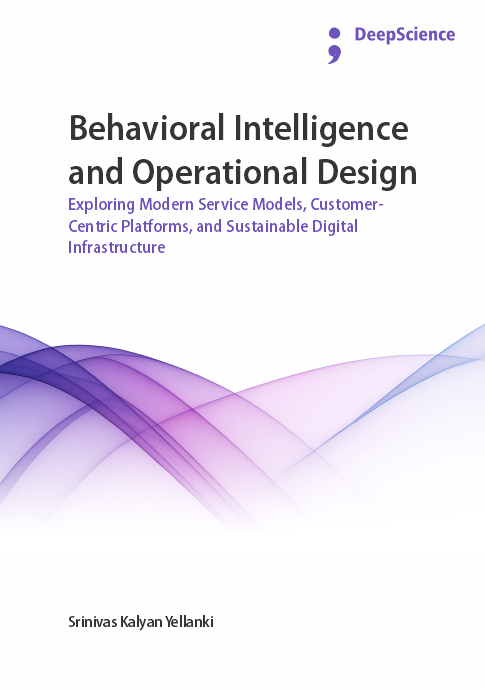Mapping the digital consumer: Behavioural models and experience engineering in online environments
Synopsis
The rise of the modern informational economy has shifted the primary focus of marketing from a mind-centered to a brain-centered domain and has made data the essential currency of digital marketing. On the other hand, technological advances and the increasing digital sophistication of consumers have given consumers an unprecedented power of visibility, choice, and voice creating paradoxical and conflicting pressures on the role of marketers (Arora et al., 2008; Grewal et al., 2017; Bleier et al., 2019). Businesses, not-for-profits, and governments are generating huge amounts of data that are valuable for decision-making. Yet within this abundant resource, how can we disentangle genuine global truths, mapping our collective preferences at scale, from the environmental noise of our unfiltered digital behavior? How can we employ big data analytics tools to effectively and efficiently reveal the relative importance of various search functions and shopping-related cues for individuals and the segmented markets they belong to?













